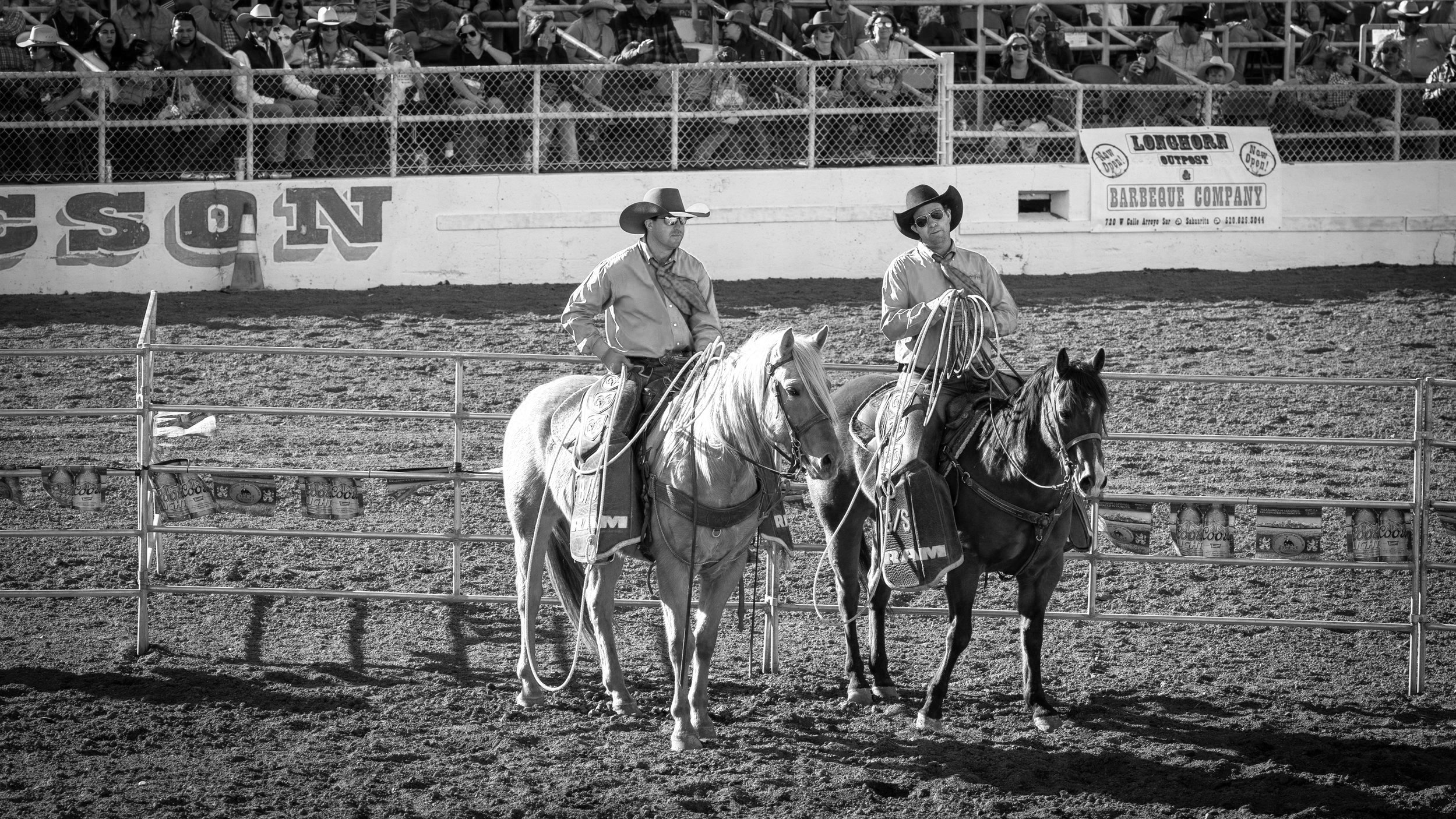
Bareback Riding
Date: Feb 15 - 23, 2025
Time: 2:00pm-4:30pm
Each Rodeo Day
Most cowboys agree that bareback riding is the most physically demanding event in rodeo, taking an immense toll on the cowboy's body. Muscles are stretched to the limit, joints are pulled and pounded mercilessly, and ligaments are strained and frequently rearranged. The strength of bareback broncs is exceptional, and challenging them is often costly. Bareback riders endure more abuse, suffer more injuries, and carry away more long-term damage than all other rodeo cowboys.
To stay aboard the horse, a bareback rider uses a leather rigging constructed to meet PRCA safety specifications. The rigging, resembling a suitcase handle on a strap, is placed atop the horse's withers and secured with a cinch. As the bronc and rider burst from the chute, the rider must have both spurs touching the horse's shoulders until the horse's feet hit the ground after the initial move from the chute, a requirement known as "marking out." Failure to do this results in disqualification. Despite the toughness, bareback riders embrace it as the cowboy way.







